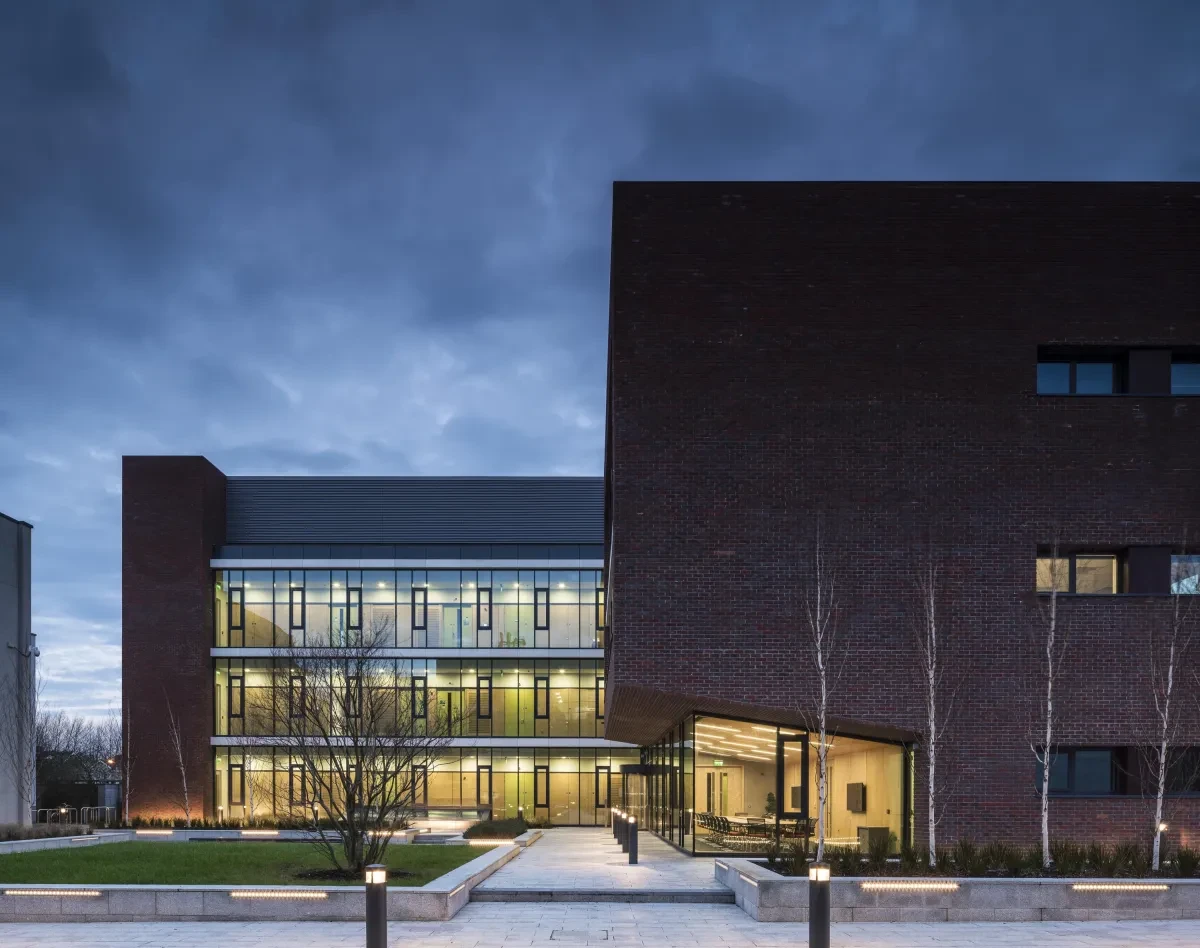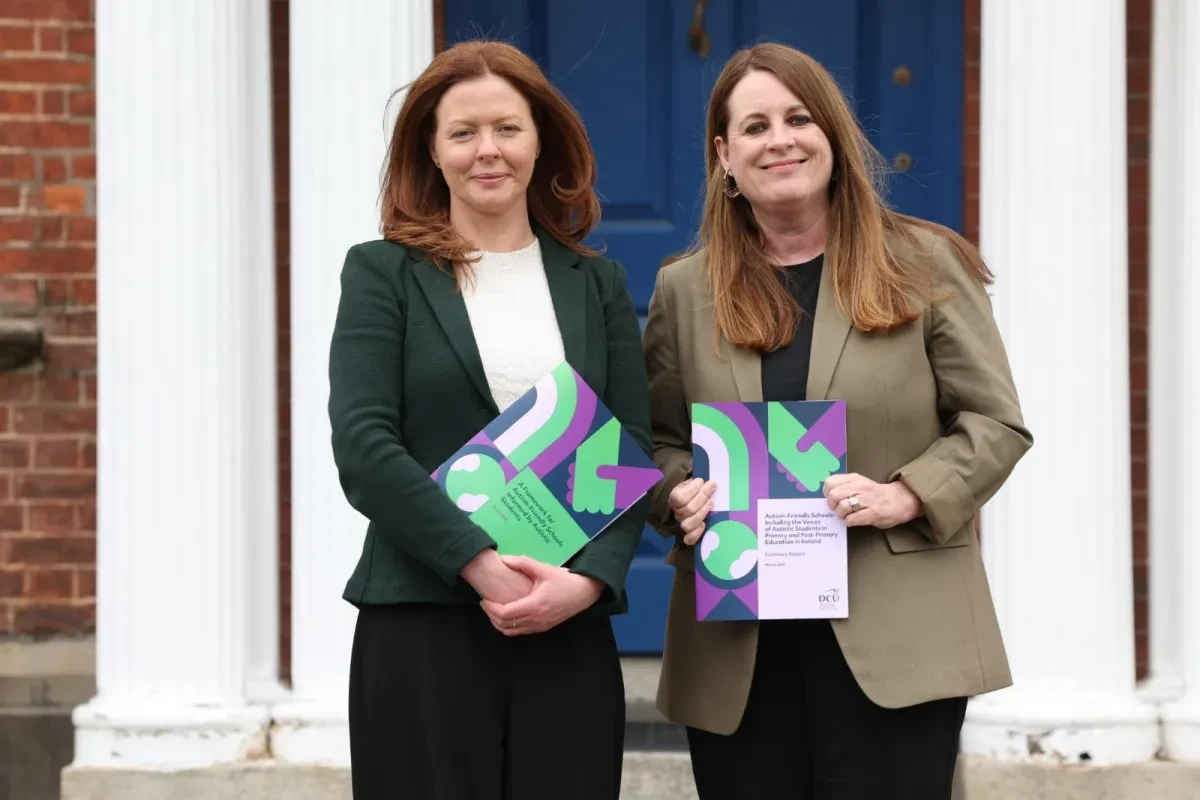DCU is proud to be one of the world’s leading Young Universities, with a mission to transform lives and societies. Through education, research and innovation, we are focused on delivering real impact, and addressing global challenges in collaboration with our partners and stakeholders.
Why DCU?

As someone who returned to college as a mature student, I knew I wanted to continue my education as soon as I finished my undergraduate degree.
Read more about Ethel Matarutse

“It was the best thing I ever did,” says Tracy McDaid of her decision to take the MSc in Health and Social Inclusion at DCU.
Read more about Tracy McDaid

“Life-changing” is how Iranian couple Merhdad Lashgari and Elham Mohammadi describe their experience at DCU as part of its University of Sanctuary programme.
Read more about Elham Mohammadi and Merhdad Lashgari

Jenny Earley’s career path had taken some unexpected turns before she found herself taking on DCU’s MSc in Health and Social Inclusion.
Read more about Jenny Earley













































